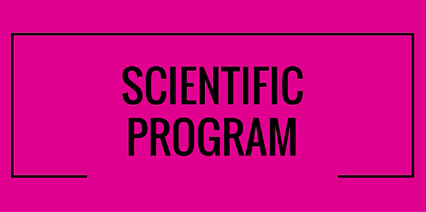
Jakob Wallner
Research Scientist, University of Natural Resources and Life Sciences, Austria
Title: An approach for liposome immobilization using sterically stabilizedmicelles (SSMs) as a precursor for bio-layer interferometry-based interaction studies
Biography
Biography: Jakob Wallner
Abstract
Non-fluidic bio-layer interferometry (BLI) has rapidly become a standard tool for monitoring almost all biomolecular interactions in a label-free, real-time and high-throughput manner. High-efficiency screening methods which measure the kinetics of liposomes with a variety of compounds require the immobilization of liposomes. In this work, a method is described for immobilizing liposomes for interaction studies, based on the biophysical principles of this biosensor platform. The immobilization approach includes the loading of DSPE-PEG(2000)-biotin containing sterically stabilized micelles (SSMs) which are restructured in a buffer change step, resulting in an accessible substrate for liposome immobilization. Liposomes in a concentration of 5 mM of varying composition and fluidity were immobilized on the sensor surface by inserting the hydrophobic residues of the former loaded SSMs. This proof of principle was carried out using Cytochrome C as a membrane-interacting model protein. The binding of CytochromeC to the immobilized liposomes was demonstrated, and the derived kinetic and affinity constants were similar to values given in the literature. In order to obtain a detailed understanding of this surface, and to show the integrity of the liposomes, confocal fluorescence microscopy was used. Images of immobilized liposomes containing calcein in the aqueous core indicated intact vesicles. A combination of this simple liposome immobilization approach, the possibility of automation on BLI systems with high throughput within an acceptable timescale and excellent reproducibility makes this assay suitable for basic research as well as for industrial and regulatory applications.

